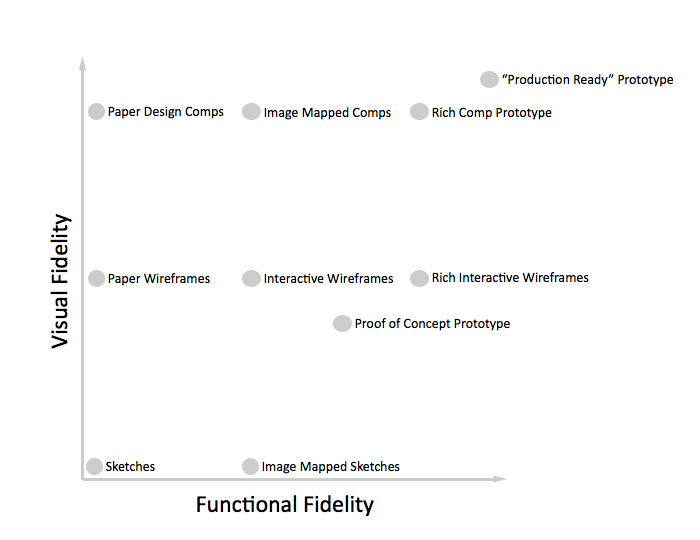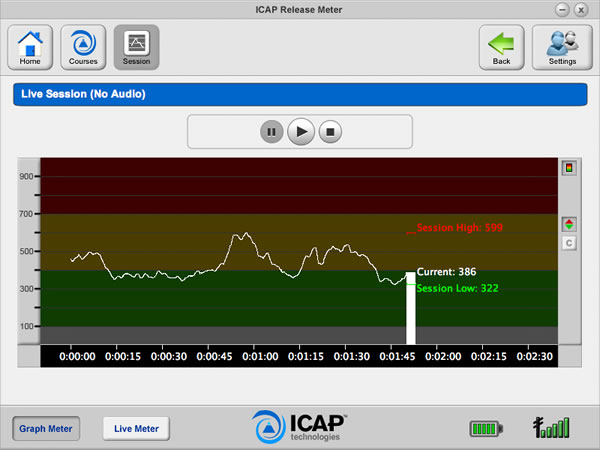 Tools of the mind is an interesting approach to teaching young children to improve their capacity for self regulation (control of social, emotional and cognitive behaviors) via dramatic game play.
Tools of the mind is an interesting approach to teaching young children to improve their capacity for self regulation (control of social, emotional and cognitive behaviors) via dramatic game play.
The approach, based on the work of Vygotsky, is highlighted in a NYT article, Can the Right Kinds of Play Teach Self Control.
“In one experiment, 4-year-old children were first asked to stand still for as long as they could. They typically did not make it past a minute. But when the kids played a make-believe game in which they were guards at a factory, they were able to stand at attention for more than four minutes. In another experiment, prekindergarten-age children were asked to memorize a list of unrelated words. Then they played “grocery store” and were asked to memorize a similar list of words — this time, though, as a shopping list. In the play situation, on average, the children were able to remember twice as many words. Bodrova and Leong say they see the same effect in Tools of the Mind classrooms: when their students spend more time on dramatic play, not only does their level of self-control improve, but so do their language skills.”
It is easy to imagine extending this effect with a properly designed video game. My real hope it that some if this will transfer to building self regulatory strength in adults

 BusinessWeek has a report out on Design Thinking. It covers the debate over how to teach it, 30-top programs, 21 leading design thinkers, Asia’s play in design thinking and how business is using it. The only top program to emphasize cognitive design appears to be the MBA program in emotional design in Brazil. It includes courses titled “Cognition and Emotion in Design”.
BusinessWeek has a report out on Design Thinking. It covers the debate over how to teach it, 30-top programs, 21 leading design thinkers, Asia’s play in design thinking and how business is using it. The only top program to emphasize cognitive design appears to be the MBA program in emotional design in Brazil. It includes courses titled “Cognition and Emotion in Design”.








